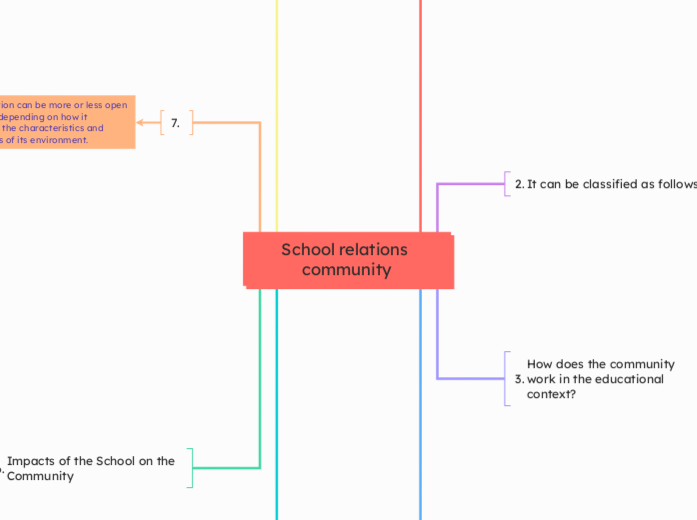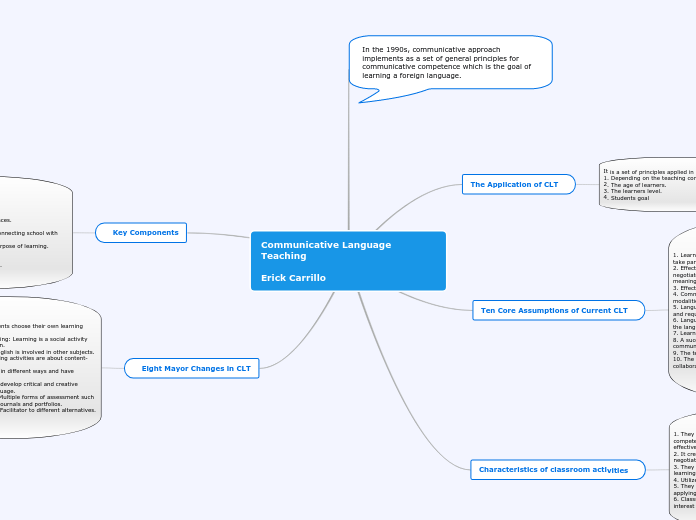School relations community
Common Objectives
-Better education
Identify needs to adapt methodologies that benefit cognitive development
Specific objectives that benefit both the community and the school
Impacts of the School on the Community
The educational community is made up of
Students, teachers, administrators, families, parents, and other educators who contribute to the teaching and learning process.
Purpose
Comprehensive Education
Pedagogical methodologies that strengthen their skills.
Boost the development of skills.
Acquire comprehensive cognitive knowledge.
Promote plans aimed at achieving specific goals in various cognitive areas of learning and development.
An institution can be more or less open or closed depending on how it addresses the characteristics and challenges of its environment.
closed institution
- Social and cultural disengagement.
- Teaching with a lack of pedagogical innovation.
- Lack of motivation in students and teachers.
- Rigid teaching methodologies that, without clear foundations, do not prepare students for the real world.
Autonomy in teaching.
Regulations designed under its own authority.
Promotes traditional teaching methods.
open institution
disadvantages
Lack of a distinct institutional identity.
External authorities may alter its educational mission.
Lack of clear educational and pedagogical regulations.
advantages
Comprehensive education
Adaptation to students' learning needs
Pedagogical methodologies with innovative factors in education
An open school has the main objective of frequent interaction with the community and demonstrating its accessibility to adapt to changes.
Inclusive and Accessible Environment: Promotes diversity, equity, and openness to all learners.
Active Community Participation
Main Characteristics:
school
Educational Development Institutions
Educational Development
Improves literacy rates and overall education levels.
Community Engagement
Strengthens collaboration between families, educators, and local institutions.
Civic Responsibility
Encourages values such as responsibility, solidarity, and participation.
Social Integration
Fosters inclusion, respect, and coexistence among community members.
How does the community work in the educational context?
By working together, students acquire practical, social, and civic skills, better preparing them for life.
Its participation can take place in various ways, strengthening learning and the growth of the school.
Family support.
Government support for educational projects.
Improves learning.
Strengthens values such as solidarity and civic responsibility.
It can be classified as follows.
Educational community
Its main focus is active interaction, where knowledge and comprehensive skills are developed.
They are all the people who are part of the students' learning development.
Local community
Where their cultural, social, and economic aspects are formed, and they live together regardless of racial differences and customs.
It is the general population that inhabits the same areas of the region.
community
the social environment
population set









